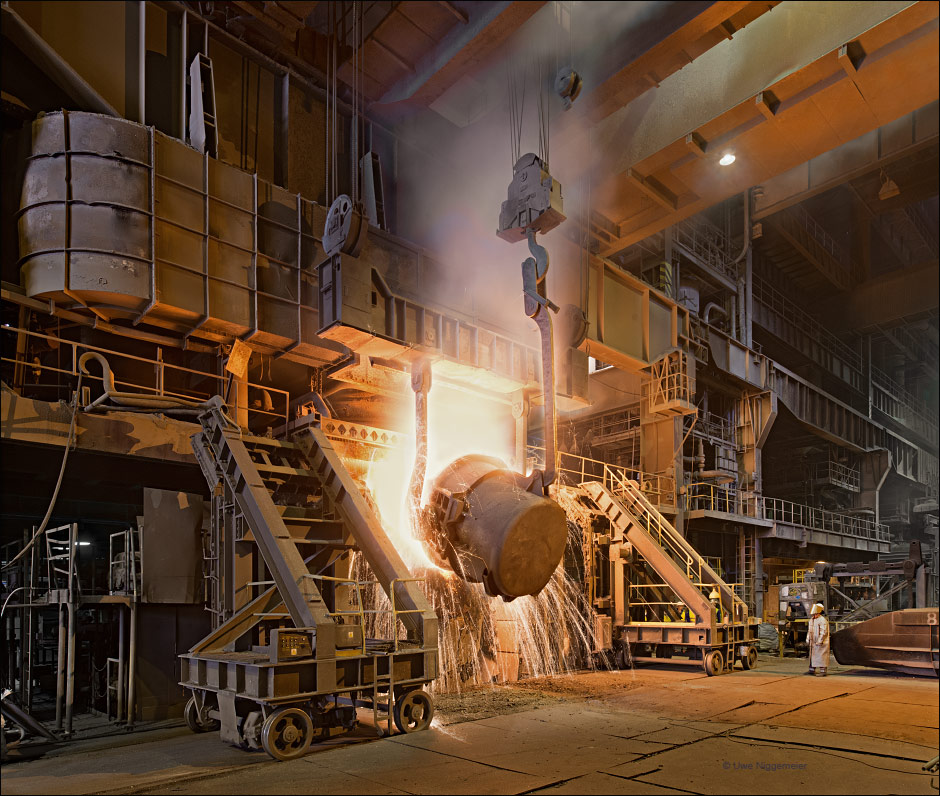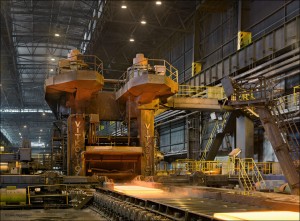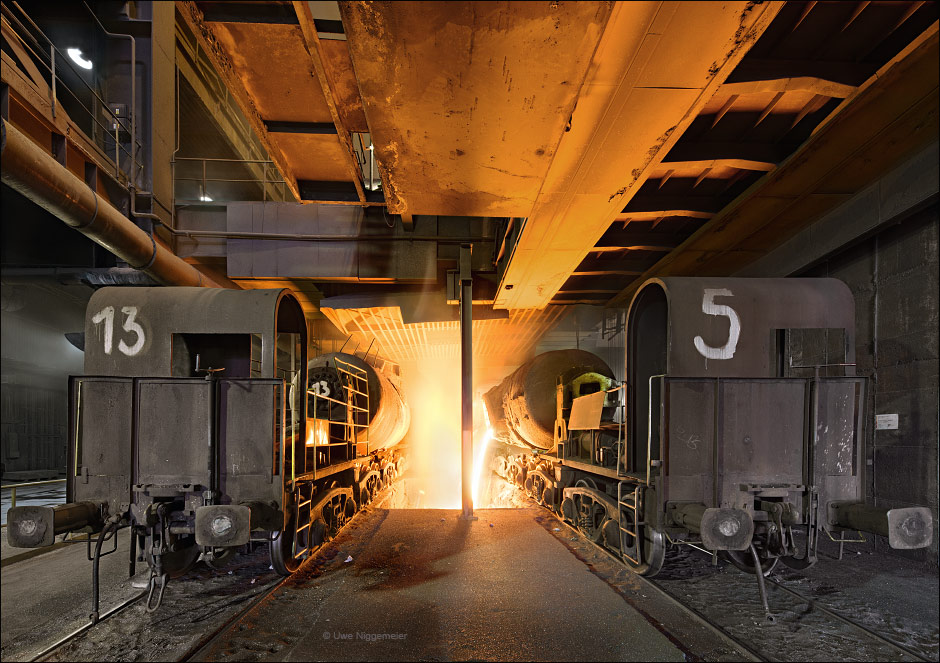
The Vitkovice steel works were founded in 1828 by the Archduke Rudolf von Österreich called the Rudolf Ironworks (Rudolfshütte).The first coke fired blast furnace was commissioned in 1836.
In 1843 the Viennese banker Salomon Mayer Rothschild bought the site.
A Bessemer steel making shop was installed in 1864. From 1874 on the company was called Vitkovice Mining & Iron Corporation (Witkowitzer Bergbau- und Hüttengewerkschaft).
In 1909 a new melt shop including Talbot and open hearth furnaces was built. The company developed into a leading suplier of heavy machinery and steel constructions in Europe. During the German occupation the works became part of the Reichswerke Hermann Göring. In 1945 the site was nationalised by the Czechoslowakian government and now called Vítkovicke zelezarny Klement Gottwald (VZKG).
In 1967 the Talbot furnaces were shut down and replaced with tandem furnaces.The 3,5 meter heavy plate mill was launched in 1972.
The first bottom blowing oxygen converter (72 tons) was commissioned in 1982 and a second vessel with combined blowing followed in 1991. The Tandem furnaces were shut down in 1993. The last blast furnace was closed down in 1998 and in 2005 the steel making and rolling activities were sold to the Russian Evraz group.
Steel making was closed down in September 2015.
Category Archives: Czech Republic
PILSEN STEEL
The steel mill in Pilsen was founded in 1859 by Ernst Graf Waldstein-Wartenberg.
In 1869 it was taken over by engineer Emil Ritter von Škoda.
In the 20th century it became the largest industrial company in Czechoslovakia producing steel, forgings, machinery, cars, tanks and guns.
In 2004 the steel making, forging and foundry branch was split off and sold to a Russian company.
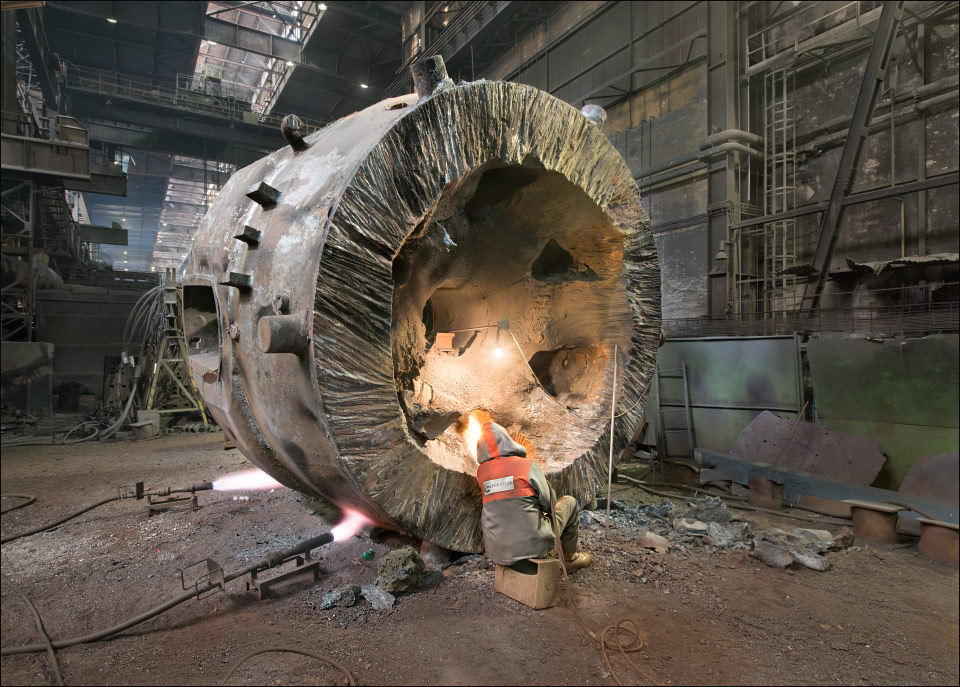
KD Foundry
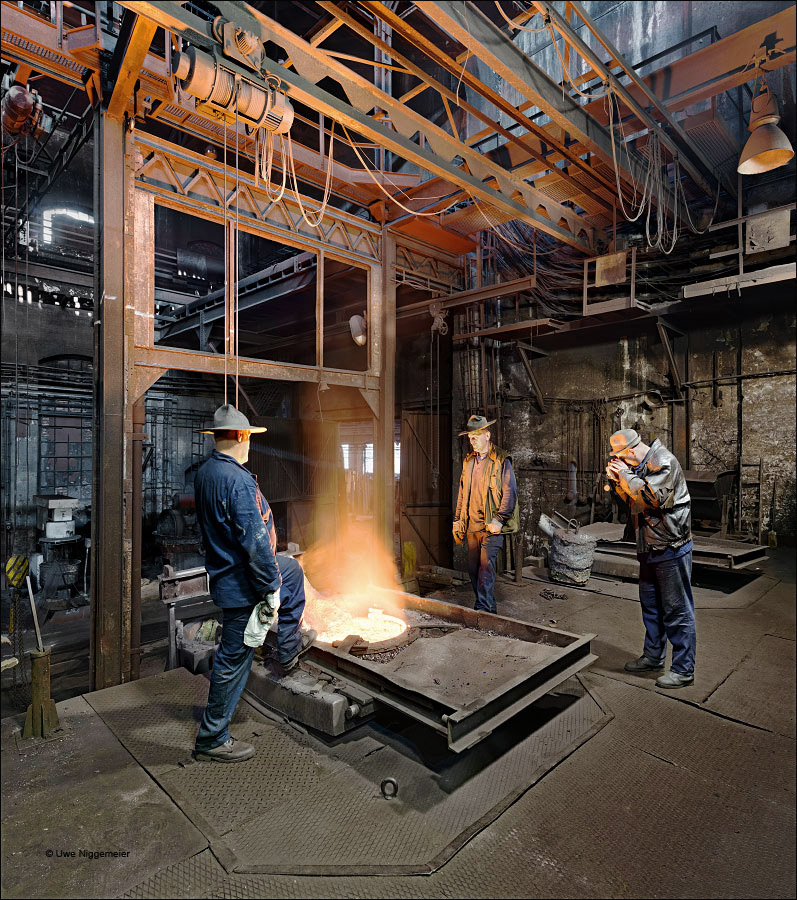
The KD foundry is a successor of Králodvorské Zelezárny the last integrated steel mill in Bohemia which ceased production in 1987.
The foundry is specialized in rollers for the steel industry and runs 3 induction furnaces.
Images here.
Evraz Vitkovice Steel
Now on my website.
The Vitkovice steel works were founded in 1828 by the Archduke Rudolf von Österreich called the Rudolf Ironworks (Rudolfshütte).
The first coke fired blast furnace was commissioned in 1836.
In 1843 the viennese banker Salomon Mayer Rothschild bought the site.
A bessemer steel making shop was installed in 1864. From 1874 on the company was called Vitkovice Mining & Iron Corporation (Witkowitzer Bergbau- und Hüttengewerkschaft).
In 1909 a new melt shop including Talbot and open hearth furnaces was built. The company developed into a leading suplier of heavy machinery and steel constructions in Europe.
During the German occupation the works became part of the Reichswerke Hermann Göring.
In 1945 the site was nationalised by the Czechoslowakian government and now called Vítkovicke zelezarny Klement Gottwald (VZKG).
In 1967 the Talbot furnaces were shut down and replaced with tandem furnaces.
The 3,5 meter heavy plate mill was launched in 1972.
The first bottom blowing oxygen converter (72 tons) was commissioned in 1982 and a second vessel with combined blowing followed in 1991. The Tandem furnaces were shut down in 1993. The last blast furnace was closed down in 1998. In 2005 the steel making and rolling activities were sold to the Russian Evraz group.
Smallest Electric Arc Furnace..
..I ever saw.
The Slevarna Chomutov foundry is the last relic of the Chomutov (Komotau) branch of the Poldihütte steel works from Kladno,CZ.
This mill was founded in 1889 by the German/Austrian entrepreneur Karl Wittgenstein.
In 1916 the mill in Chomutov was added and went into production in 1920.
Main products were speciality steel castings, wire and springs.
After the German annexation of the Czech Republic in 1938-39 the Chomutov plant became part of the Reichswerke Hermann Göring producing armor plate for the German Wehrmacht.
In 1939 a new 5 ton electric arc furnace, manufactured by FIAT in Italy, was installed and is still in use today.
After the second world war the mill was nationalized and combined with the nearby Mannesmann tube rolling mill.
After the privatisation in 1999 both mills were seperated again.
Slevarna Chomutov a.s. today is a steel foundry that runs two electric arc furnaces and produces abrasive wear resistant steel castings up to 4,5 tons a piece. Further viewing at the Stahlseite.

